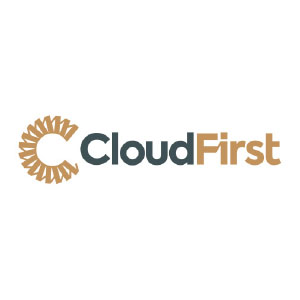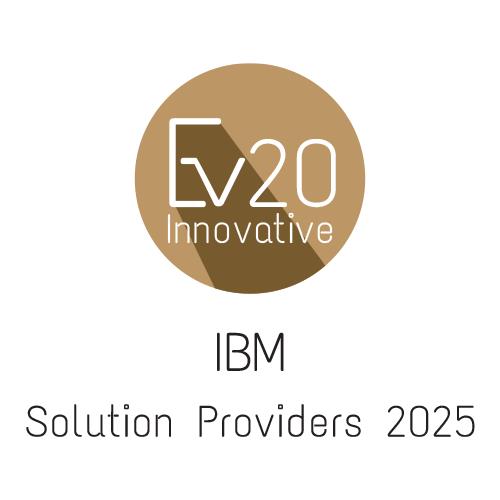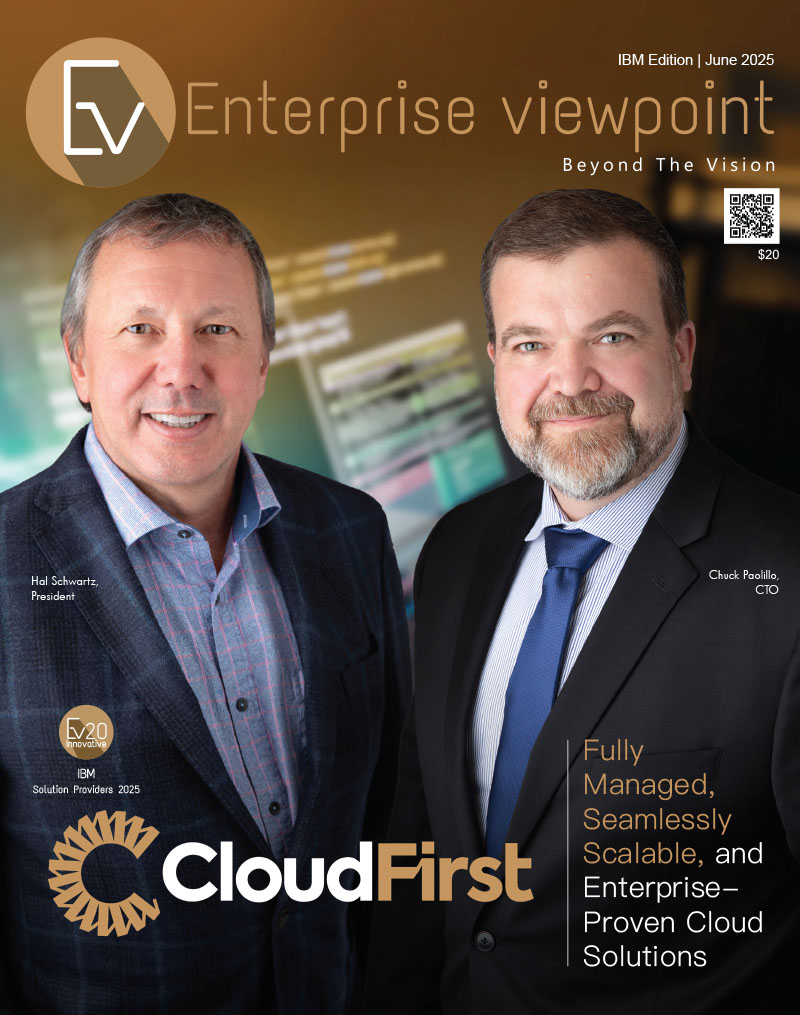
In the bustling and fast-evolving cloud era, many companies promise uptime, automation, and seamless scalability. But few deliver with the depth, expertise, and authenticity of CloudFirst, a company that has carved out a unique and powerful niche in the world of IBM cloud solutions. With a growing footprint across the U.S. and Europe, CloudFirst is redefining what it means to offer fully managed infrastructure in a field where most providers merely hand you the tools.
Sitting at the intersection of legacy system expertise and cutting-edge cloud innovation, CloudFirst’s story is as much about vision and timing as it is about technical excellence. “We’re not just another cloud provider,” says Chuck Paolillo, CTO, CloudFirst. “We are a fully managed cloud service provider. That means from onboarding to daily operations, our team is involved. We manage everything—including the infrastructure, the automation, and the security. That’s what differentiates us.”
A Strategic Shift, A Timely Pivot
CloudFirst wasn’t always a centralized entity. In fact, it began more than a decade ago as a joint venture between two specialized service providers—one focused on IBM and Microsoft managed services, and the other on cloud-based backup and recovery. The venture was slow to gain momentum in its early years, functioning more as a side project than a primary business focus. “Even though it was 11 years ago, it really didn’t get up and running for a number of years,” recalls Hal Schwartz, President of CloudFirst. “But around 2017, we realized this was starting to take off.”
At that point, the cloud space—especially on the IBM side—was showing signs of a shift. While public cloud platforms like AWS had taken off by the early 2010s, IBM workload migration lagged behind. It wasn’t until 2019 and 2020 that enterprise clients began seriously exploring IBM cloud transformations. Recognizing the opportunity, CloudFirst’s leadership dissolved the joint venture, merged their operations, and streamlined the business into a singular entity with a laser focus on cloud services for IBM platforms. Then came the pandemic—and ironically, the real breakthrough. “When COVID started in 2020, that’s when we went full steam into it,” Schwartz explains. “In the last four years, we’ve gained tremendous momentum.”
Today, CloudFirst serves over 450 cloud clients, with an additional 400 clients using their other IT services. Most are running IBM AIX, IBM i, or Linux on IBM Power systems, and represent a mix of Fortune 500 giants, billion-dollar corporations, and midsize businesses in the $250M–$500M revenue range.
The core of CloudFirst’s value proposition lies in its fully managed approach. While most cloud providers deliver infrastructure and leave the rest to customers, CloudFirst steps in with white-glove service. “What we do is we say, ‘Hey, we’re going to onboard you to us and we’re going to manage everything,’” says Paolillo. “That includes the infrastructure, the automation, the backups, the replication, the DR, the HA, and the security. We’ve vetted the tools. We’ve designed the solution. You just run your business.”
This managed model isn’t just for enterprise giants—it’s tailored for medium-sized businesses as well. CloudFirst supports companies as small as $10M in annual revenue with under 25 employees, making them accessible to organizations without large internal IT teams. “Our sweet spot is companies in that $250 million to $500 million range,” Schwartz explains. “But we scale in both directions.”
Tackling Legacy Pain Points with Smart Solutions
One of the biggest challenges in IBM cloud transformation is the legacy architecture. IBM workloads require specific hardware platforms, making them much harder to migrate than typical x86 workloads. “These IBM operating systems have to run on IBM hardware. You can’t just port them over,” Schwartz says. “That’s a huge pain point for companies—they move everything else to the cloud, but these systems stay stuck on-prem.”
The cost of maintaining legacy infrastructure, combined with the shortage of experienced IBM administrators, makes this especially challenging for mid-market companies. Compounding this issue is the aging workforce. “There’s a real shortage of people trained on these systems,” Paolillo adds. “And new grads aren’t coming out of school knowing IBM platforms. They’re unique.”
To solve this, CloudFirst built its own in-house training program, onboarding interns and graduates and training them in IBM systems and cloud architecture. “It’s part of our strategy,” Schwartz says. “We can make the investment to train and develop talent. Small companies can’t. That’s one of our biggest advantages.”
Automation, Resiliency, and Real-Time Protection
As client expectations evolve, CloudFirst is embracing intelligent automation, security-first architecture, and business continuity by design. Every hosting solution includes disaster recovery (DR) as a standard, not a premium add-on. Clients also benefit from real-time replication, high availability (HA) options, and automated failover capabilities. “Most cloud providers don’t include DR unless you pay extra. With us, it’s built in,” Paolillo emphasizes. “We replicate everything to a second data center, automatically. If one goes down, your data is still protected.”
The team also supports RPO and RTO optimization, helping clients reduce downtime windows and plan for future growth. Security tools are embedded in the system, offering real-time alerts, privilege escalation tracking, and annual system audits. Even if a client doesn’t have a compliance mandate, the team make sure they’re audit-ready anyway. Because that’s what being secure really means.
Support That Goes Beyond the SLA
Beyond infrastructure, CloudFirst delivers round-the-clock support through a framework they developed in-house: The EDGE Framework—Evaluate, Design, Govern, Execute. This methodology combines ITIL and Lean IT principles to deliver flexible, secure, and responsive cloud support. “We found ITIL alone can slow things down,” says Paolillo. “So, we blended it with other frameworks to move faster without compromising structure.”
All support is handled by US-based staff, trained internally and available 24/7, which ensures clients aren’t waiting on offshore support or chasing down help across time zones. And when it comes to promises, CloudFirst doesn’t stop at lofty guarantees—they back them up. “We’re the only ones who offer a true 100% SLA that’s penalty-backed,” Schwartz says. “If we go down unexpectedly, even for a second, our clients get credit. No one else does that.”
In a competitive space crowded with providers promising more than they deliver, CloudFirst stands out for four major reasons including comprehensive services that bundle infrastructure, automation, DR, and security together. Moreover, customizability, with standardized solutions that can flex to meet unique business needs and seamless migrations, thanks to battle-tested processes that avoid the common pitfalls of lengthy rollouts are key highligts of CloudFirst. “A guarantee means nothing if there’s no penalty,” Paolillo says. “We can offer this guarantee because we know we can deliver. We’ve proven it.”
CloudFirst’s Vision for the Future
From its quiet beginnings as a side project to its current status as a leader in IBM cloud infrastructure, CloudFirst’s journey has been shaped by foresight, flexibility, and fearless investment. They bet on IBM cloud when others ignored it—and now, they’re one of the few with the experience to lead the charge. “We’ve remodeled ourselves around the future of cloud,” Schwartz concludes. “And we’re confident we’re the premier provider in this space.”
With over 450 cloud clients, an expanding international presence, and a relentless focus on innovation, customer success, and real-world results, CloudFirst isn’t just catching up to the future of cloud computing—it’s building it.






